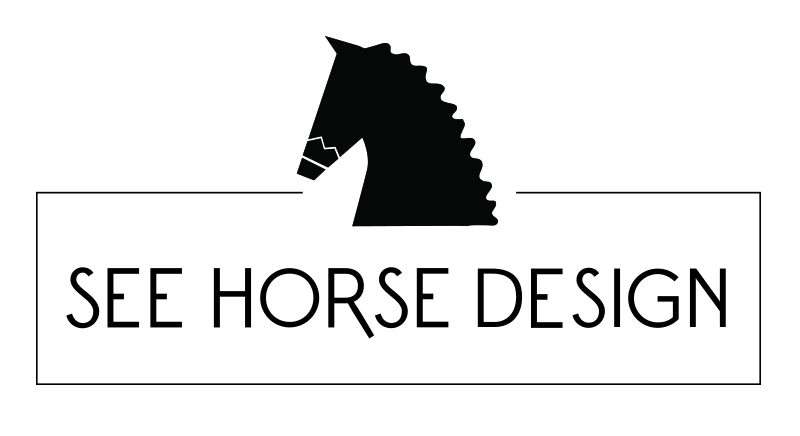Equestrian Design: Typeface or Font?
Typeface or font? What IS the difference? In design school, we were taught that a “Font” is what you use and “Typeface” is what you see. In other words, the font is the collection of letters, numbers, symbols, etc… with the specific name like “Helvetica”. A typeface is the entire collection of those designs. So, the Typeface Helvetica includes various instances such as bold, italic, black, etc… Another way to explain this is that “Font” is to song as “Typeface” is to album – or CD. (CLICK HERE to read an article on the topic). According to Adobe’s type glossary: “A font is one weight, width, and style of a typeface. Before scalable type, there was little distinction between the terms font, face, and family. Font and face still tend to be used interchangeably, although the term face is usually more correct.”
Now that this whole situation is about as clear as mud, let’s move on to the significance of type in a logo. I admit to being slightly obsessed with type, so I really pay attention to which ones are used in logo and which ones should never be used (IE: Comic Sans, Papyrus, etc…) I love a good sans serif (meaning a typeface without the small lines at the end of the strokes). To me, sans serif is the perfect choice for going clean, sleek and modern. But that doesn’t mean that serif can’t be modern either. It all depends on the way it’s used. Serif tends to have a more old-fashioned persona, but I’ve seen some great modern examples recently! So, how do you decide which type to use for a logo or project? There’s no easy answer for this because, like color, the type really should help to define the brand and fit with the persona you’re trying to project. I suggest trying a lot of different styles to narrow down your choices and picking out some really great, similar designs to use as inspiration. I’m not telling you to copy your favorite logo, but analyzing the details of logos that you love help to understand why it works and gives you insight on how to incorporate those ideas into your own work.
Here are some examples of logos that I believe use type to their advantage…

The Tailored Sportsman & Joules both have a scripty handwriting typeface that is entirely unique to each brand. Creating a typeface specifically for a brand is not uncommon and it appears as if these two have both done just that. The Tailored Sportsman lettering reminds me of the loops of a needle with thread coming out of it. To me, the logo itself does represent the “tailored” feel – handcrafted and original.

Joules is one of my favorite brands of equestrian clothing and I think the whimsical feel of its apparel is reflected in the logo and the name itself – feminine and unique. It looks like a woman’s handwriting and the hot pink color feels bright and modern, just like their designs, but the handwritten aspect evokes a slightly more traditional feel that can be likened to some of their traditional patterns and silhouettes.

On the more modern, sans serif side of things, Mountain Horse, Kerrits & Stubben all stand out to me as great examples of how simple and clean can go a long way. They don’t need fancy typefaces to get their point across, but each one does a great job of representing the brand. Mountain Horse has been an all-time favorite of mine since I was a kid and I’ve used their products faithfully for years. It’s the “North Face” of equestrian clothing if you will. Tough and rugged, but with simple and clean designs – just like their logo would suggest. Another word that I think describes both the typeface and the apparel is “sturdy”.
Kerrits is a bit more whimsical and I love the addition of the carrot for the “i” to match the name. The fact that they intentionally mis-spell the vegetable helps them stand out and everyone knows that carrots and horses go hand in hand. This brand is always at the cutting edge of equestrian fashion but manages to do so without being excessive or too complicated. Yes, their patterns and colors are bold and bright, but their designs are still very streamlined and modern!

Stubben has been around for ages and I’m not exactly sure what their original logo looked like or if it’s ever undergone any changes. But that’s the great thing about it – it’s timeless and recognizable! The shape of the lettering feels very European and modern, much like the streamline design of the 1950’s that was so popular in France and Germany. This highlights both the brand’s innovation and classic styling. I love the top line on the “s” that connects by crossing the “t” and the oval shapes of the lettering. These subtle changes help set this typeface apart from other sand serif and give it a more stylized feel.
Now you might be asking about mixing one type with another, and that is totally fine too as long as they work for – and not against – each other! It’s usually best to pick two that are not similar, because if they’re too similar it can appear accidental instead of intentional. This could be another topic in itself, but for now we’ll stick with visual examples. If you’d like to learn more about this topic, I suggest you Google it or browse Pinterest for examples of how this can be done effectively.
And while we’re on the topic of type, we might as well address Comic Sans. If you’re a designer, you’ve probably participated in many Comic Sans bashing sessions. It’s become such a joke, designers have even created signs and professional pieces mocking the poor thing. It’s widely used in my workplace and it does make me cringe to see it in newsletters and e-mails. CLICK HERE to read all about it from a designer’s point of view.







